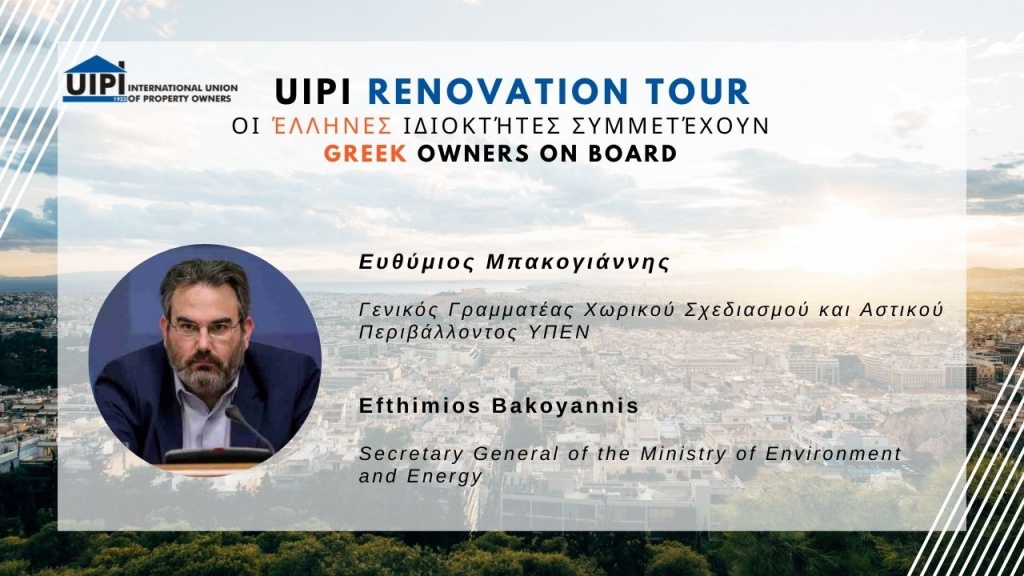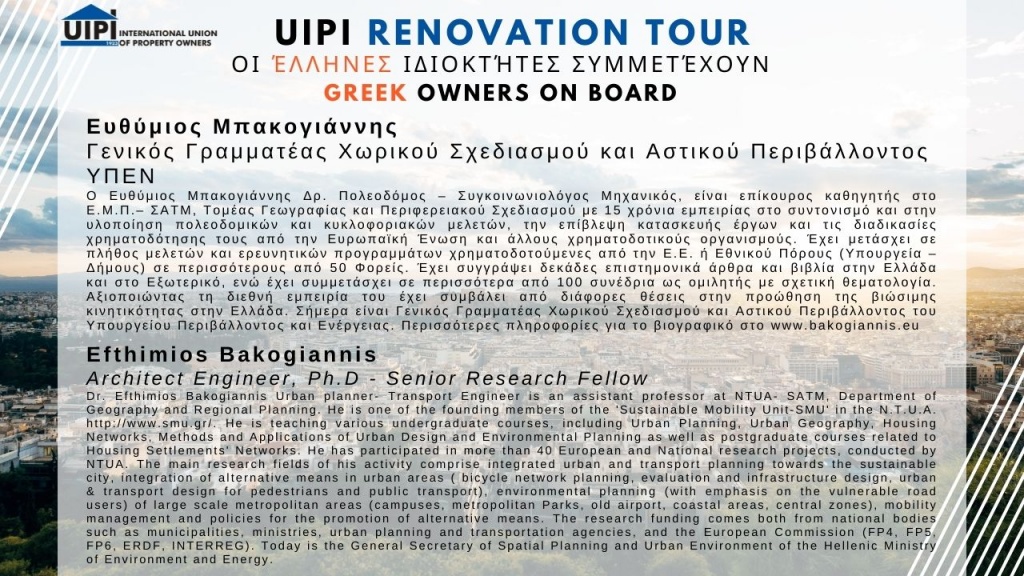Drivers Of The Energy Transition:
Why Do Property Owners Decide To Renovate?
Deep energy renovations are a big step for small multi-apartment buildings, especially if advanced technological solutions are considered. In order to understand what are the drivers that motivate property owners to carry out these projects, we decided to pay a visit to Hardi Kolli, a co-owner from the Apartment Owners Association “Rannaliiva”, in Võru (Estonia). Rannaliiva building is one of the three EU funded RenoZEB project sites where its co-owners decided to carry out deep energy renovation works. We asked Hardi to share with us his experience.

Hardi Kõlli
Co-owner at Rannaliiva Apartment Owners Association
Rannaliiva Referent to RenoZEB Project
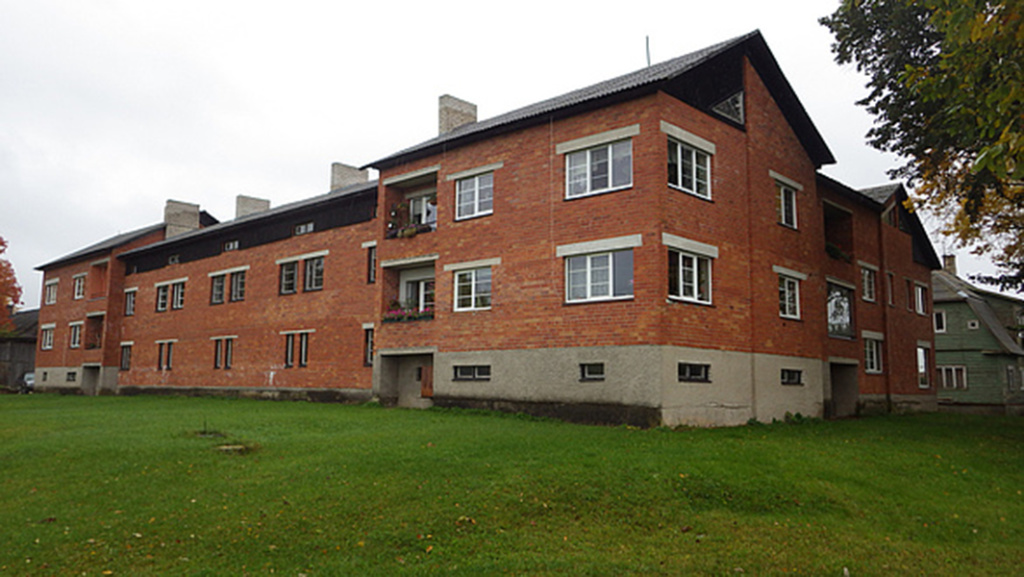
Hardi, can you tell us a bit more about what you do and what Rannaliiva is and does?
Sure! Rannaliiva is a non-profit apartment association established by apartment owners in 1999 for the purpose of sharing the management of their legal shares within the building, plotting of land and representation of their interests. The building has 15 apartments and each apartment owner is a member of this association. I am really attached to Rannaliiva as I have lived in here since 2007. When we were approached to become a demo-building within an EU IA project I became the representative of our Association. At Rannaliiva, my tasks range from guaranteeing a fruitful communication flow between apartment owners, project partners, technical designer, construction company etc. and I also assist the organisation and management of various daily tasks relevant to the renovation process.
What are Rannaliiva Association’s main objectives?
Our building was built in the late eighties and at that time construction quality was just bad! Like every property owner in Estonia, us co-owners at Rannaliiva knew that sooner or later we would have had to carry out renovation works to increase our building’s lifespan, and of course the quality of its indoor environment. Energy savings, along with comfort, its improved aesthetics and its expected increase in property value also played an important role in our decision to renovate. Despite the construction works getting more and more expensive every year we came to the conclusion that, after almost 30 years, it was a good idea and about time to renovate!
What about the main concerns and expectations of its property owners?
People main concerns are related to renovation cost! Being a property owner myself, I would say that we sensed preoccupation at Rannaliiva at the beginning. However, as we are currently waiting to know the costs, we will soon be able to calculate how much they will actually affect our monthly expenses. Additional to costs, I think that owners have often questions on the functioning of plug&play wall panels, which will be installed in our building. Also, the disruptiveness of these works has to be taken into consideration. I remember that when we started introducing the idea of undergoing a refurbishment, the elders were not so excited about it, as they were perceiving it as quite invasive. In any case, whatever the preoccupation may be, the situation is calm and people are looking forward to the start of the works!
Would Rannaliiva homeowners consider an energy refurbishment if they had to cover all expenses by their own means (so, outside an EU-funded project) or would they post-pone it?
Rannaliiva homeowners would have probably done the renovation in different stages rather than all at once due to the expensiveness of the project. Since our building is already quite old we would have evaluated which parts of it would have needed immediate action (for example roof, walls etc) and what sections could wait a little. All in all it’s a great opportunity to have such vast renovation project done all at once. We cannot overlook the fact that it’s also more convenient for homeowners to not have a “never ending” renovation process. Rannaliiva homeowners are very thankful to be part of this project!
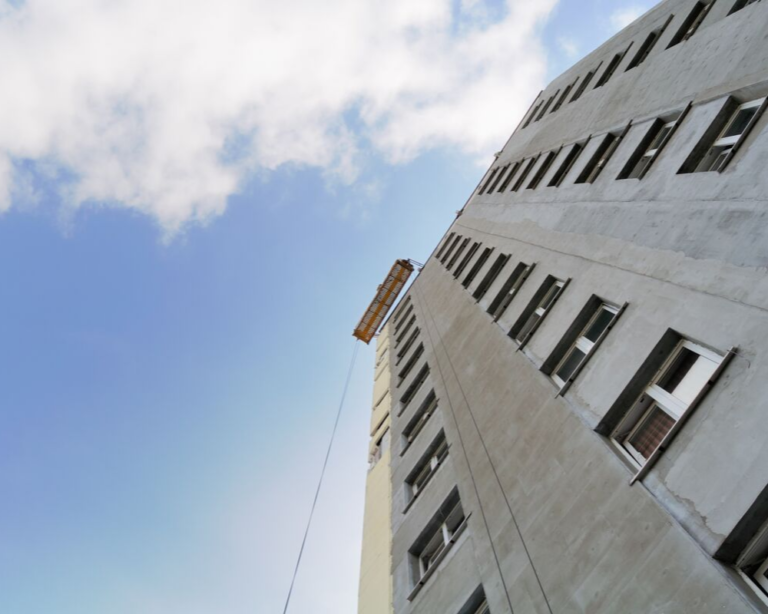
Given that RenoZEB approach will measure the building performance by collecting real-time data, do you think that this might endanger property owners’ data privacy
I do not think that data privacy will be a concern at Rannaliiva, also because for instance some variables that will be measured, such as air quality, are not directly connected to what occupants consume. Data concerning the apartments at Rannaliiva aren’t real numbers, just estimations! In any case, all occupants agreed with the sensor installations and data gathering beforehand.
Renovation in multi-apartment buildings can be tricky. Have Rannaliiva’s occupants been sufficiently involved in the decision-making process?
I believe so. As the building is rather small, generally, communication among owners runs smoothly. Plus, in terms of structure, even if the apartment owners at Rannaliiva have selected board members, who take some decisions, when an important topic needs to be discussed, we prefer to organise meetings to which all members can participate and express their concerns.
What do you expect to be the impact of the renovation project? Do you see a potential for it being replicated?
You know, when we think about classic renovation processes we tend to visualise scaffoldings blocking the sun from our windows for months. This definitely increases the level of disturbance and does not really motivate property owners to take actions. So in our case, by implementing a rather innovative energy refurbishment strategy, its correlated works will not be as long-lasting and disruptive as us co-owners might have initially feared. Another important point that I would like to stress is that our demo building will show how this system applies to similar buildings in the same climate zone as ours, where during the winter, outdoor temperatures can sometimes drop below -20 degrees! But also, thanks to the high level of adaptability of RenoZEB approach to different geographical settings, I believe that replication will be made simple for other climatic zones as well.
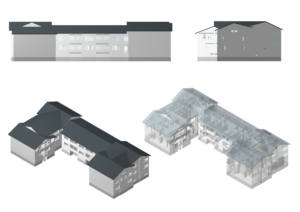
Did you know that?
Housing cooperatives in Estonia started spreading due to the privatisation programme, taken place during the 1990s. Moving from socialism, the necessary financial and legal tools had to be put in place (e.g. land registry and a mortgage financing system). Housing retrofitting was the first task to be undertaken at the time of privatisation. The apartments were located in 20 to 50 years old buildings, thus in poor conditions due to inadequate construction and lack of maintenance. However, the economic situation of both the country and the citizens along with high interest rates made it impossible to address the situation. The housing co-operatives started gaining momentum thanks to all the lobbying done, where gaining better borrowing conditions was their core objective. Then, on January 1st 2008 a new law came into force allowing housing co-operatives to change their status into apartment associations.
Find out the full RenoZEB renovation strategy for Rannaliiva!
What is RenoZEB?
RenoZEB is an EU-funded Innovation Action (IA) that develops sustainable and cost-effective solutions for renovating the near-zero energy levels of buildings. It aims to unlock the nearly Zero Energy Building (nZEB) renovation market by increasing property value through a new systemic approach to retrofitting. The project will provide cost-effective ‘plug and play’ solutions for a large-scale deep nZEB rehabilitation schemes, ensuring the integrate-ability of all its components, methodologies, training, guidelines, and demonstration cases. Rannaliiva is one of the three RenoZEB demo-cases where its innovative renovation strategy will be taking place.




